Reading tea leaves (aka: Tasseography, Tasseomancy, Tassology or Tasseology) is an ancient art that can be enjoyed as a way of contemplating the future or simply as a parlor game or pastime. It is a method of divination that is said to have originated in China centuries ago. Since that time, it has spread around the world to be used by folk ranging from Roma Gypsy fortunetellers to English Victorian aristocracy to modern-day tea drinkers. In this article, we cover the basics of reading tea leaves. Read on to learn more on how to read tea leaves.
Can you really read the future in tea leaves?
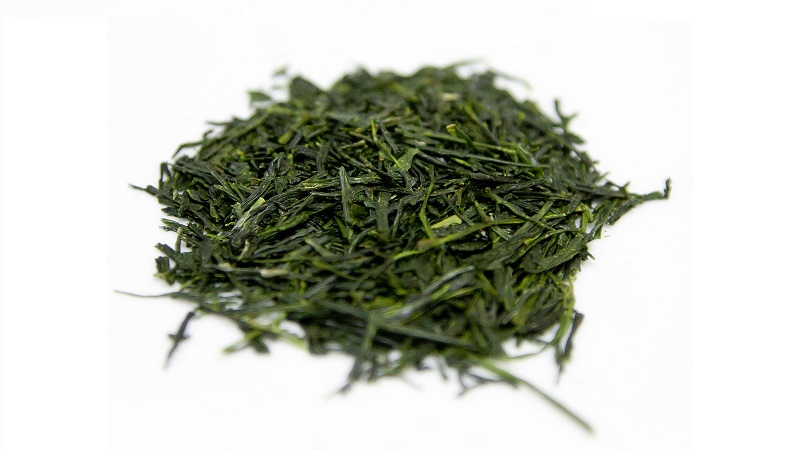
Fortune-telling is based in observing recurring shapes and patterns, so if you believe in reading the future, you can read the future in tea leaves, cloud formations, tossed rocks or coins or in any number of other recurring patterns and phenomena.
The concept of reading tea leaves rests in the idea that as a person drinks tea, his or her thoughts and movements will affect the way in which the leaves swirl in the cup. Ultimately, this will affect the way that they settle in the bottom of the cup.
Once the tea drinker finishes drinking the tea, the loose leaves remain behind and can be read by a skilled reader or a tea drinker equipped with a guide as to how to read the shapes that present themselves.
What do you do to read tea leaves?
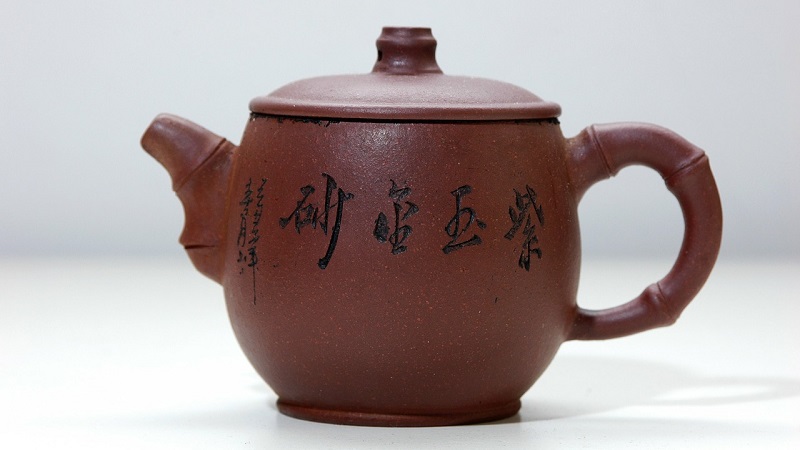
Begin by choosing the tea that you want. Naturally, it has to be a loose-leaf tea. Cutting open a teabag won’t work because the tea inside bags is far too finely chopped. Choose from whole leaf herbal, green or black tea.
Whole leaf tea should be brewed in a teapot. Measure the tea into the warmed pot and pour boiling water over it. Put the lid on the pot, cover it with a tea towel or tea cozy and allow it to stand and steep for 5 to 7 minutes.
Be sure that the teapot you’re using doesn’t have a strainer in the spout. You want the leaves to pour out into the cup when you pour your tea. You’ll need to use a classic teacup with a saucer.
Once you’ve poured your tea, check to make sure you do have some leaves floating around. If not, you may wish to add another pinch of dry tea to your cup.
Allow the cup to sit for a few minutes so that the leaves can settle to the bottom, then enjoy your tea. Take your time, sip slowly and contemplate the question you have in mind.
Prepare the leaves for reading
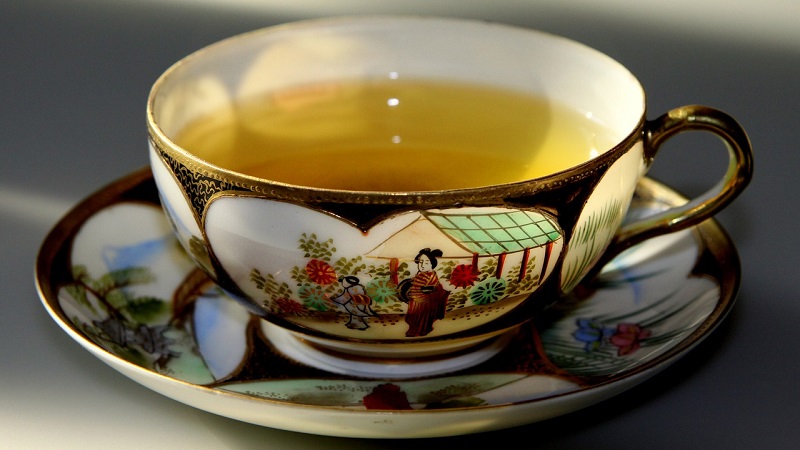
When you have sipped your tea down to the bottom of the cup, it’s time to get the leaves ready to be read.
Set the cup on the saucer with the handle facing toward you. Note that if you are reading for someone else, the handle should be facing toward that person. The person being read for is called “the sitter”. If you are reading for someone else, you are called “the seer”. If you are reading for yourself, you are both the sitter and the seer!
The sitter should place the saucer over the top of the cup and turn it over quickly keeping the handle facing toward the sitter. Turn the cup clockwise three full turns, ending with the handle facing the sitter.
Tap the bottom of the cup three times. Gently lift the cup and turn it right side up. Now your leaves are in a position to be read.
Leaf placement is important
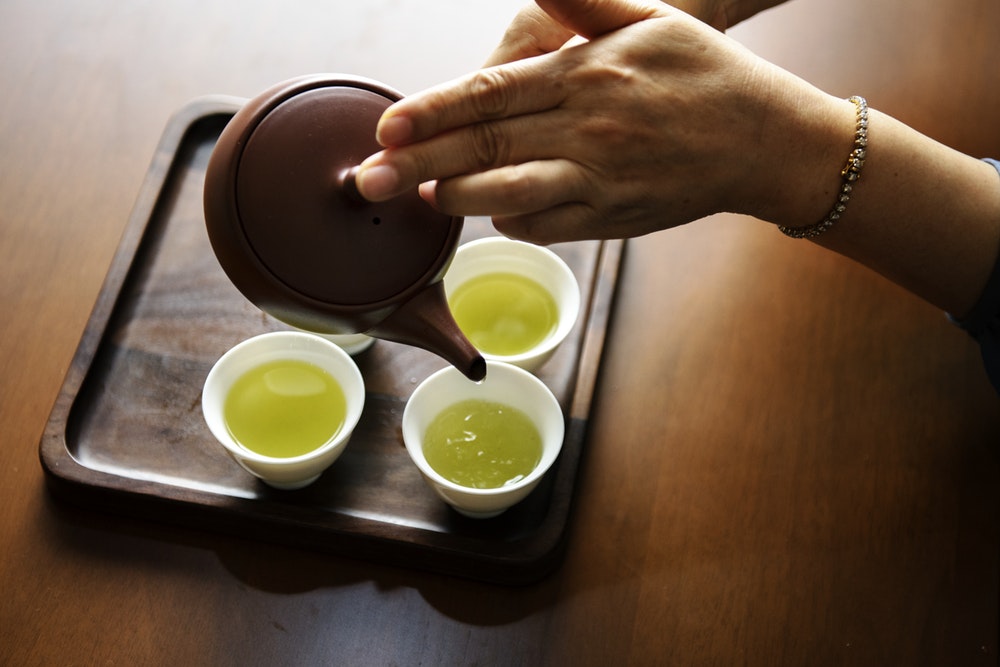
The cup is an integral part of the reading. It is divided into three sections with the rim designating the present; the sides designating events in the not-too-distant future, and the bottom of the cup representing the distant future.
For this reason, leaves that settle near the rim indicate events that are happening now. Leaves that settle along the sides indicate events that will happen soon. Leaves that settle in the bottom of the cup indicate events that will happen in the future.
The cup handle is also significant. The handle represents the sitter and should be oriented toward the sitter. The closer the settled leaves are to the handle, the more likely the predictions are to come true.
Begin your reading just to the left of the handle and work clockwise around the cup.
How do you know what the leaves mean?
You can read the leaves both by the shapes and the patterns that they form.
For example, bits of dust and small leaves may fall together in a pattern that forms a line. This can be indicative of a journey. You can judge the route, difficulty and length of the journey by the length and shape of the line that is formed.
Naturally, a short line may mean a short journey, and a long line may mean a lengthy journey. A broken line may mean interruptions, disturbance or trouble on the way.
The lines’ direction may also tell you the direction of travel. For example, if the line seems to be approaching the cup handle, it may mean that a visitor may soon be traveling toward the sitter. If the line seems to be moving away from the cup handle, it may mean that the sitter is about to embark upon a journey.
A dark shape that is made up by the leaves, may be read as negative. Conversely, a shape that is seen in the white background of the cup may be read as positive.
Small dots of leaves surrounding any symbol may mean that money is of concern with that particular subject.
Sometimes, tea leaves may form in such a way as to create a letter. If you see capital letters in the leaves, they may be indicating the name of a place. If you see lowercase letters in the leaves, they may be indicating the name of a person.
For example, if you see lowercase initials in the leaves, this could mean that the person with those initials is close to the heart of the sitter.
Alternately, it could mean that the sitter will soon receive communication from this person. The context of the reading will give you information as to what the most pertinent message may be.
Do specific shapes have specific meanings?
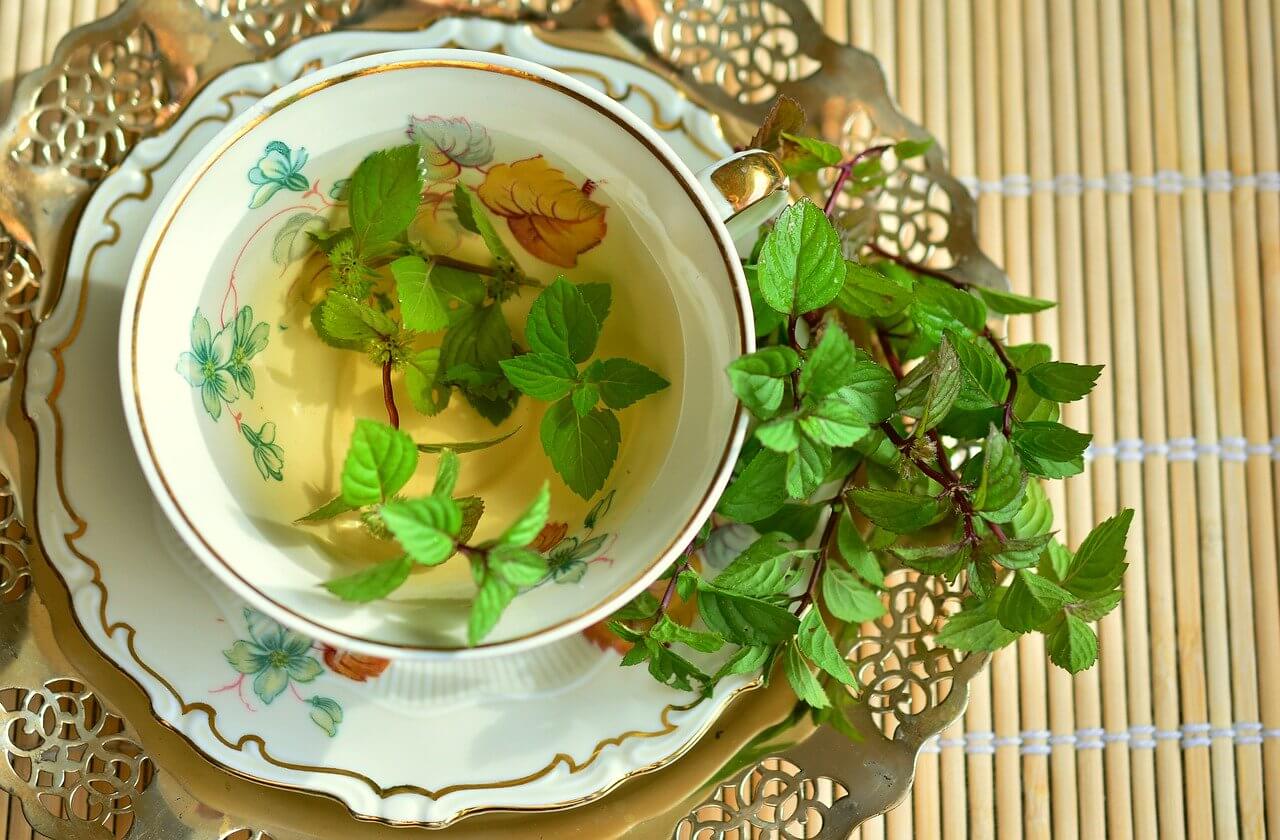
As with all types of divination, there are traditional meanings for some symbols; however, meaning varies from reading-to-reading, sitter-to-sitter and situation-to-situation. It’s always a good idea to have some basic interpretations to go on, but a good reader of any type of divination also relies a great deal on instinct and context to create a complete reading.
Having said that, here are some of the classic meanings of some typical symbols:
- An acorn may mean an improvement in health or continuing good health.
- An anchor is traditionally a symbol of luck and may be applied to luck in personal relationships and/or in business.
- A heart traditionally is symbolic of a true love. Look at positioning and the symbols nearby to determine exact meaning.
- Shapes that resemble the sun, the moon and/or a constellation of stars can be an indication of happiness, success and good luck.
- The crescent moon brings news of fame and prosperity.
- Palm trees indicate good fortune and success. If the sitter is single, a palm tree may be an indication of an upcoming romance or marriage.
- Elephants are also indicators of great happiness, good health and tremendous luck.
- Triangles indicate surprisingly good fortune.
- Resting birds indicate happy journeys.
- Flying birds bring good news. Look at the direction of flight for a clue as to the source of that news.
- Owls may be omens of trouble, poverty and/or sickness. They may also warn against setting out on a new venture.
These are just a few of the traditional interpretations of shapes that are sometimes seen in the tea leaves. It’s important to realize that modern times bring about new and different shapes and interpretations. Be open-minded and take care to look at the entire reading to get a full sense of it. Take everything in context and with a grain of salt.
It may be difficult to see the shapes, letters and other signs formed in the leaves. Take your time with this. Tilt the cup from side-to-side and look at the leaves from different angles and in different lights if necessary. Focus on the shapes of the leaves with a soft gaze as you would when looking for pictures in the clouds. Allow your mind to see the meanings that may be dwelling there.
With a resting gaze and a good imagination, you will be able to see numbers, letters, plants, animals and people in the tea leaves. Allow your subconscious mind to examine these perceptions for meanings that are most pertinent to you and/or the person for whom you are reading.




